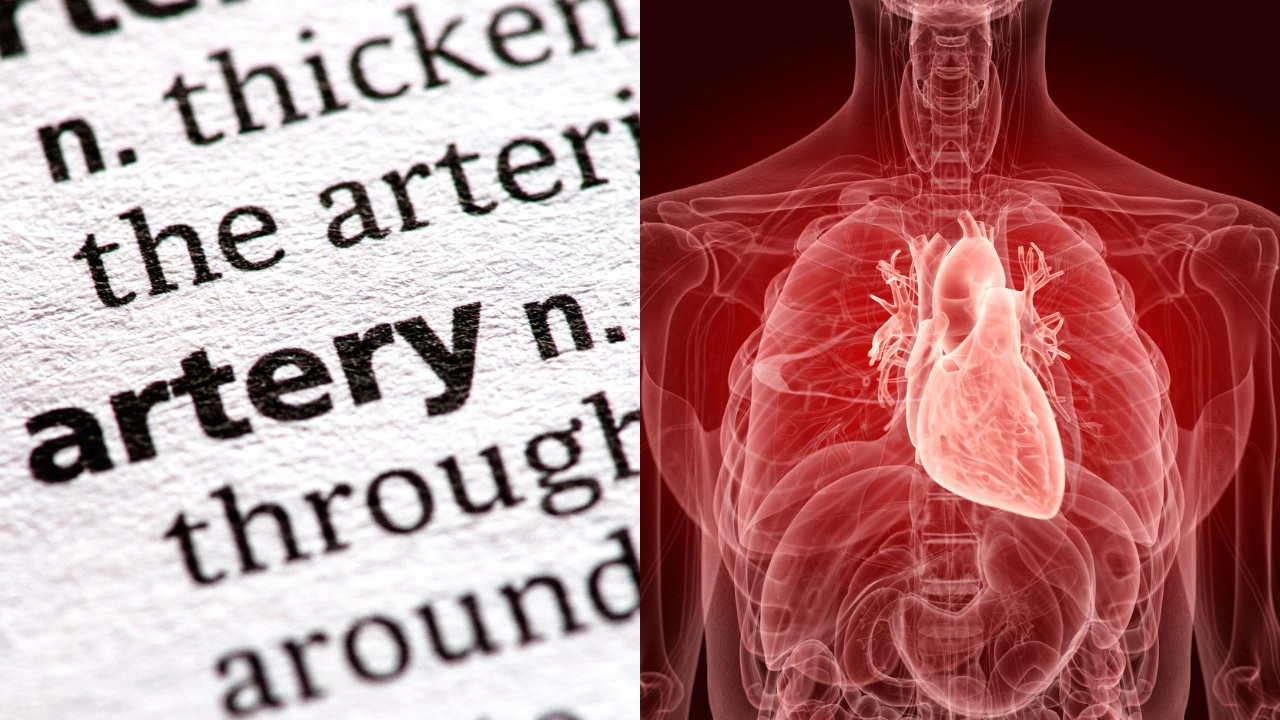Supriya Ramesh • 07 Oct 2024
Aortic Aneurysm: Expert Debunks Common Myths, Tells Why Awareness Is Crucial

Image - Canva
Aortic aneurysm is often misunderstood, leading to unnecessary fear and confusion. It is a bulge or dilation in the wall of the aorta, the largest artery in the body. The aorta carries oxygen-rich blood from the heart to the rest of the body, and when a portion of it weakens, it can expand like a balloon. Over time, the aneurysm can grow and become at risk of rupture, which can lead to life-threatening internal bleeding.
To clarify the facts, we reached out to Dr. Krishna Chaitanya, Lead Consultant in Vascular and Endovascular Surgery at Aster CMI Hospital, Bangalore, who shared insights on some of the most prevalent myths surrounding this condition.
Myth 1: Aortic aneurysms cannot be prevented.
Fact: According to Dr Chaitanya, this is not true. Aortic aneurysms can often be prevented through healthy lifestyle choices. "By avoiding tobacco and alcohol, staying physically active, and following a heart-healthy diet, individuals can significantly reduce their risk of developing an aortic aneurysm," he explained.
Myth 2: Aortic aneurysms are always painful.
Fact: Most people believe that pain is the primary symptom of an aortic aneurysm, but Dr Chaitanya pointed out that many aortic aneurysms, particularly in the early stages, are asymptomatic. "You may not feel any pain or other symptoms, which is why regular check-ups are crucial for those at risk," he advised.
Myth 3: Aortic aneurysms are always caused by a genetic defect.
Fact: While family history can increase the risk, Dr Chaitanya said that genetic factors are not the sole cause. "Diet, smoking, alcohol use, blood pressure, cholesterol, and age all play a role in the development of aortic aneurysms," he said.
Myth 4: Aortic aneurysms only affect older people.
Fact: Although age is a risk factor, Dr Chaitanya explained that younger people can also develop aortic aneurysms. "If you have high blood pressure, a family history of aortic aneurysms, or certain genetic conditions like Marfan syndrome, you could be at risk regardless of your age," he said.
Myth 5: Only men can develop aortic aneurysms.
Fact: Dr Chaitanya dispelled this myth, stating, “While men have a slightly higher risk, women are also susceptible to developing aortic aneurysms. It’s important for both genders to be aware of the risk factors."
Myth 6: If you have an aortic aneurysm, you can't exercise.
Fact: Exercise, when done in moderation, can be beneficial for people with aortic aneurysms, particularly for managing blood pressure, according to Dr Chaitanya. However, he cautioned, "It’s important to consult a vascular surgeon before starting any exercise regimen."
Myth 7: Aortic aneurysms are always caused by smoking.
Fact: While smoking is a major risk factor, Dr Chaitanya points out that it is not the only one. "Other contributors include high blood pressure, elevated cholesterol, and family history," he clarified.
Myth 8: Aortic aneurysms are always fatal.
Fact: "Although a ruptured aortic aneurysm can be life-threatening, many people live long, healthy lives with proper management and medical care," reassured Dr Chaitanya. Regular monitoring and treatment can prevent complications.
Myth 9: If you have an aortic aneurysm, you can't travel.
Fact: Dr Chaitanya explained that while precautions are necessary, travel is often still possible for individuals with aortic aneurysms. "Consult your vascular surgeon and follow their guidelines before planning any trip," he advised.
Get Latest News Live on Times Now along with Breaking News and Top Headlines from Health and around the world.